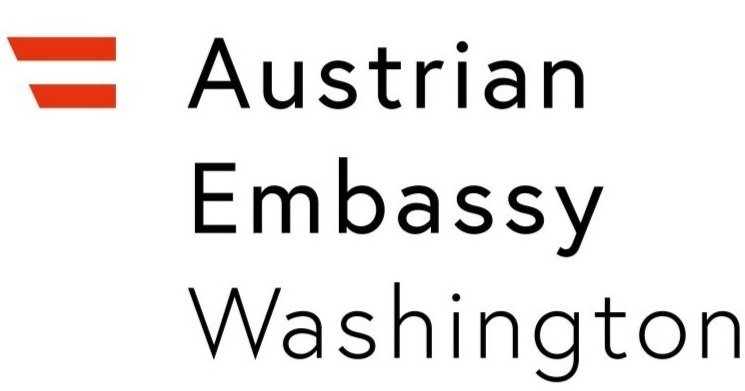The Political System
A Parliamentary Democracy
The Federal Constitution
"Austria is a democratic republic. Its laws emanate from the people."
Article 1 of the Federal Constitutional Act.
The Austrian Federal Constitution was passed by the Constituent National Assembly on October 1, 1920.
The formulation of the Federal Constitution was the work of representatives of the political parties, experts from what was then the State Chancellery, but most notably Professor Hans Kelsen (1881-1973).
The Federal Constitution was amended by the 'Nationalrat' on December 7, 1929. The purpose of this amendment was to grant wider powers to the Federal President.
The Constitutional Transition Act passed by the Provisional State Government on May 1, 1945 brought the Federal Constitutional back into force with the 1929 amendments.
The Republic of Austria covers a surface area of 84,000 square kilometers. It has a population of approximately 8.9 million.
All citizens of Austria are equal before the law. There are no distinctions of birth, gender, status, class or religion. German is the official language of the Republic of Austria, but specific rights have been accorded by federal law to the recognized linguistic minorities.
The colors of the Republic of Austria are red, white, and red.
The Austrian Republic's coat-of-arms consists of a single-headed black eagle with golden arms and red tongue. Its chest is covered by a red escutcheon with a silver cross-bar. The eagle bears a golden coronet with three visible merlons. Its claws are banded by a severed iron chain. In its right claw it holds a golden sickle with the blade turned inwards; in its left claw a golden hammer.
Federal and State Authorities
In the federal states the state governor exercises federal executive power (indirect federal administration) where no separate federal authority exists (direct federal administration).
In matters pertaining to indirect federal administration, the state governor is subject to directives from the federal government and individual federal ministers.
All state legislation enacted by the state legislatures must, immediately after their enactment, be made known to the federal chancellery before the state governor publishes it.
Each state assembly may be dissolved by the federal president at the request of the federal government and with the consent of the Bundesrat. This dissolution may, however, be enforced only once on the same grounds.
Austria is a federal republic comprised of nine independent federal states (the so-called Länder):
Burgenland
Carinthia
Lower Austria
Salzburg
Styria
Tyrol
Upper Austria
Vienna
Vorarlberg
The territory of the federal republic is made up of the territories of the federal states, constituting a uniform monetary, economic and custom entity.
The federal capital and the seat of the supreme federal authorities is Vienna.
The History of the Republic
On March 4, 1933 parliamentary democracy in Austria was suspended. From March 13, 1938 onwards Austria was occupied by the German Reich and thus prevented from exercising its sovereign power. It remained part of the Third Reich until April 1945. As had been the case with the First Republic (1918-1938), it was the political parties that founded the Second Republic after Austria's liberation in April 1945.
The three anti-fascist parties - the Socialist Party of Austria (SPÖ, now Social Democratic Party of Austria), the Christian Social Party (now Austrian People's Party (ÖVP), and the Communist Party of Austria (KPÖ) reached an agreement on the formation of a provisional state government headed by Karl Renner (1870-1950) and on the proclamation of Austria's independence.
This Declaration of Independence was proclaimed on April 27, 1945. The first two Articles read as follows:
Article I: The democratic Republic of Austria is restored and shall be instituted in the spirit of the Constitution of 1920.
Article II: The annexation enforced on the Austrian people in 1938 is declared null and void.
The Austrian Constitution is based on the principles of a republican, democratic and federal state, the principle of the rule of law, and the principle of the separation of legislative and executive powers and the separation of jurisdiction and administration.
The basic rights and freedoms guaranteed in the Federal Constitution were first accorded more than a century ago.
The provisions of the European Convention on the Protection of Human Rights and Fundamental Freedoms supplement Austria's constitutional law.
